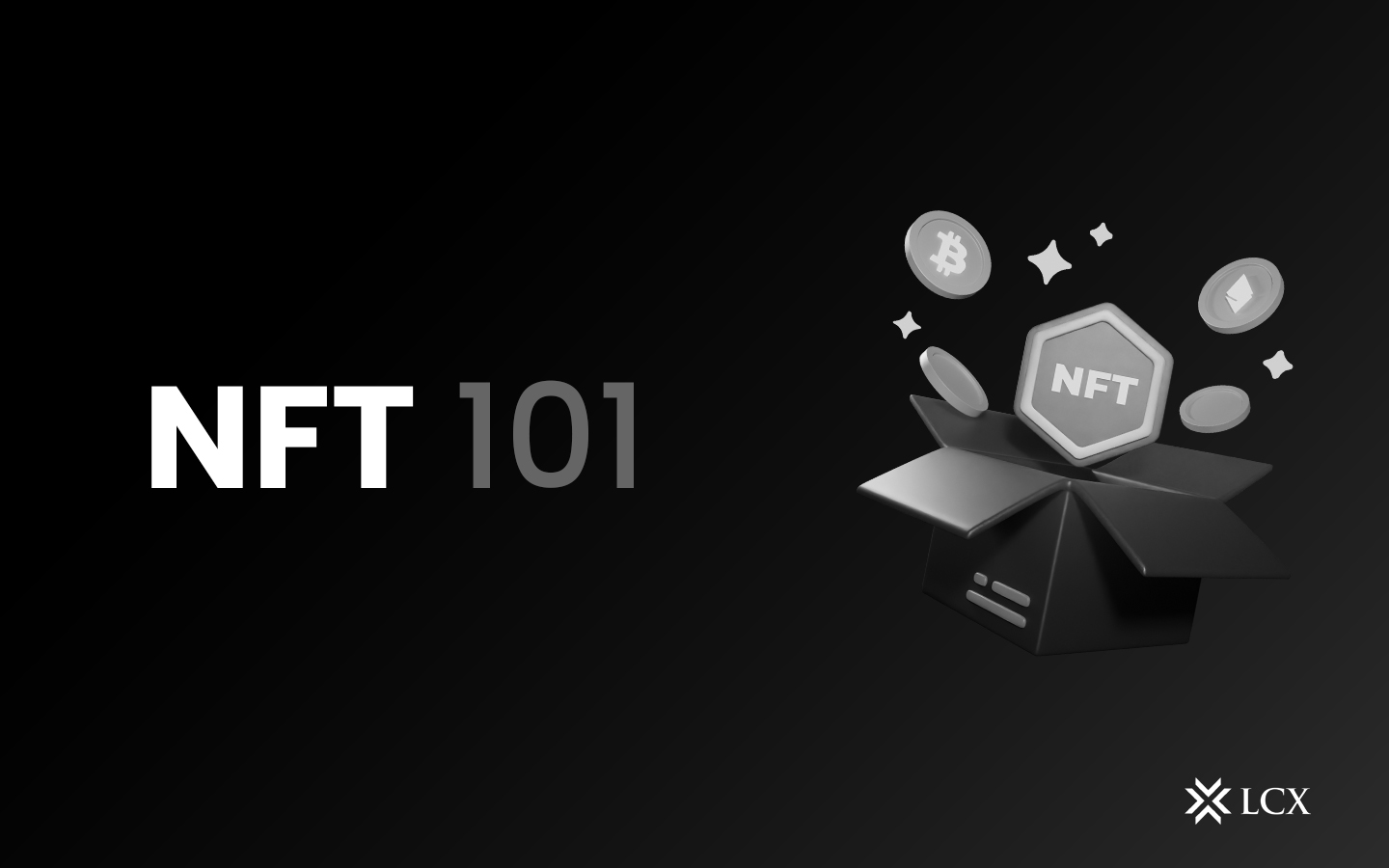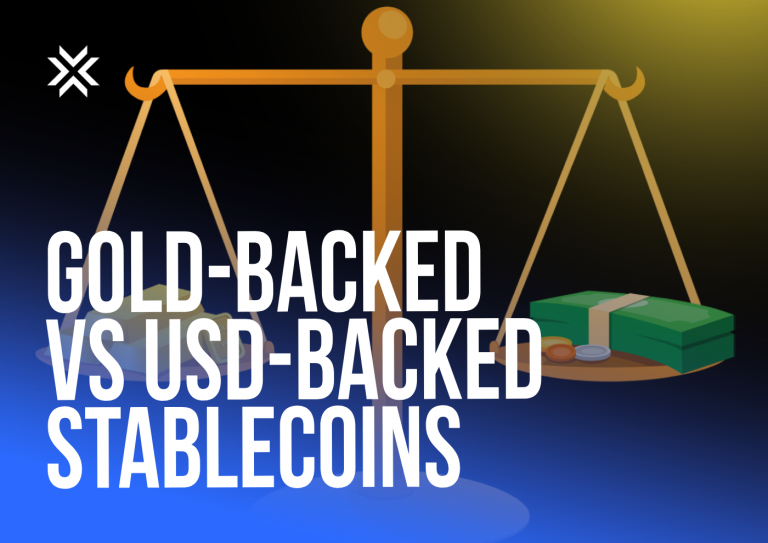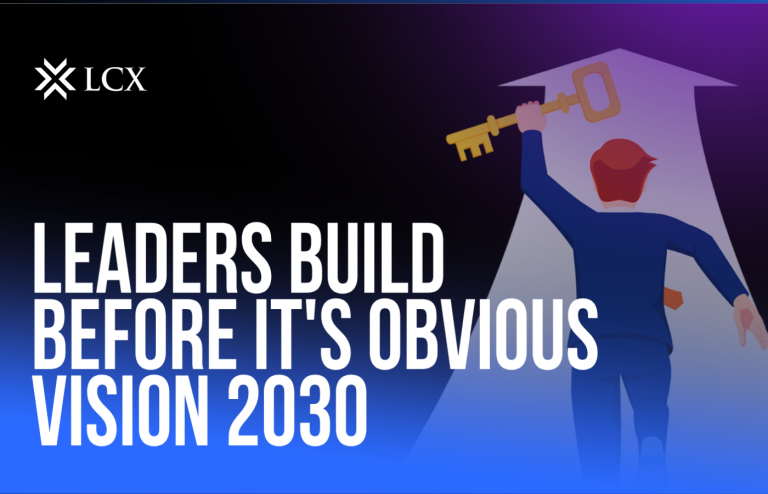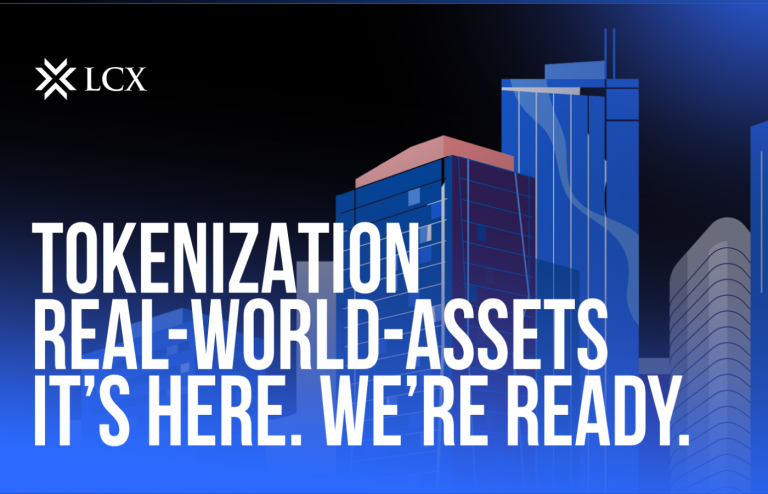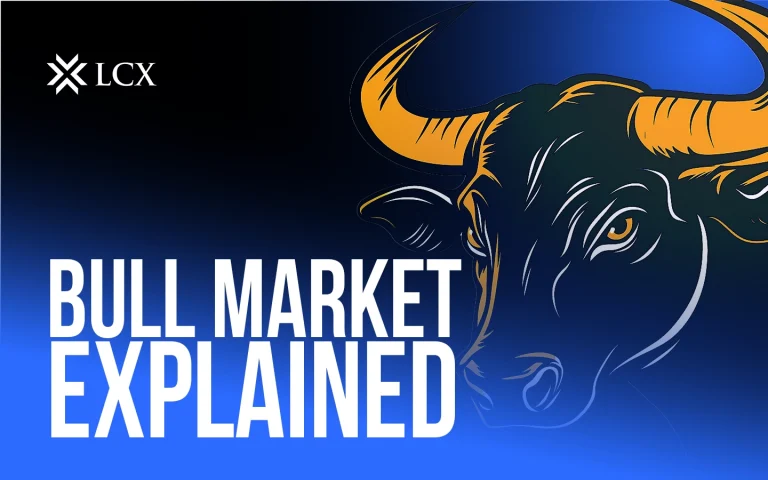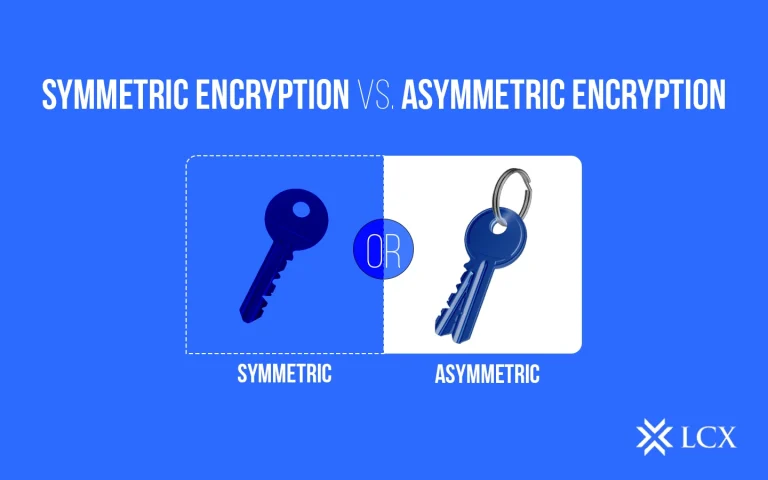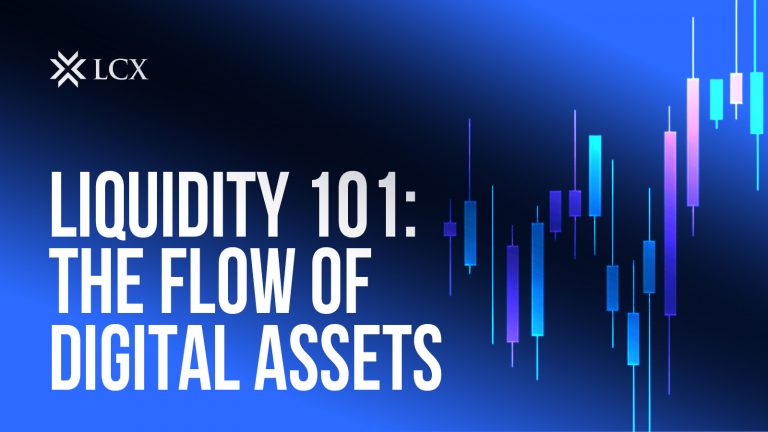NFTs have been on the rise for a long time now. With great popularity comes a lot of new information. It is important to get familiar with the generic terms used in NFTs so that you can be well-informed about upcoming events and trends in this industry.
NFTs, or non-fungible tokens, are cryptographic tokens that exist on the blockchain. They are one-of-a-kind and can be bought and sold or kept as a collectible. In recent years, the popularity of these digital collectibles has been extremely high, with many of them selling for millions of dollars on dedicated trading platforms.
The NFT terminology evolved primarily from cryptocurrencies. They are technologically similar because they both exist on the blockchain. Many of the terms used in the NFT market are social media acronyms and lingo. Several other terms with similar meanings to those used in social media are also used. Furthermore, some terms are related to the current world of buying and selling but have slightly different meanings.
Keywords Used In NFT Community Are
- Smart contracts: It is simply the code that handles transferability and ownership verification. It runs on the blockchain and provides the investors with ownership of the digital assets or even the real-world assets.
- Airdrop: The term “airdrop” refers to bonus payments or free collectibles. This is a method of publicizing a new NFT or increasing the prominence of an existing one. As a result, airdrops are promotional tools used to boost the potential audience for an NFT collection. Airdrop NFTs are sometimes presented to holders as a reward for their commitment or positive comments on social networks about a project.
However, it is critical to investigate the origin of the airdrop. While airdrops from reputable projects are unquestionably valuable, fraudsters use the technique to steal personal information. An unknown NFT arriving in your mailbox from a random person is most likely a scam.
- NFT marketplaces: NFTs are not traded on the conventional trading exchanges meant for other cryptocurrencies. NFT marketplaces allow trade of NFTs as they cannot be exchanged but only bought and sold among the customers. There are different NFT marketplaces such as OpenSea, Tiamonds marketplace, etc.
- Drop: Drop refers to the act of launching or releasing something. The term is not only connected with the community of NFTs, but it is also increasingly being used to describe other items such as album covers and merchandise. Unless otherwise specified, when a collection is dropped, it becomes accessible for trade on the market, and buying and selling starts at the floor price.
- Floor price: An NFT’s floor price is its base price. When a project is made available on NFT marketplaces, trading starts at the floor price. This is the bare minimum required to obtain a token from the NFT collection. The floor price varies all the time. If a collection gets popular, the floor price will inevitably rise. Typically, the floor price is set by the NFT creator. This means that anyone interested in selling NFTs could indeed set a floor price for them.
- Gas: Gas is essentially the fee you must pay for any trading activity on NFT platforms. Gas must be paid in every step of some platforms, from the initial minting to NFT sales. Gas is paid for using cryptocurrency. Because most NFTs operate on the Ethereum network, ether is the preferred digital currency for gas. Gas prices are affected by both blockchain traffic and NFT size. Gas prices will be high if the network is congested. Larger files necessitate higher gas costs.
- Staking: Staking is among the most crucial NFT terms, and it refers to when NFT holders ‘lock up’ their own collection for a duration of time in order to earn a higher return on investment. The investment strategy enables holders to profit from NFTs without having to sell them.
- PFP: PFP is an abbreviation for “profile picture. In other words, when an NFT resembles a profile picture, it is referred to as PFP. Examples of PFP are apes of BAYC and cryptopunks.
- Minting: Even though NFTs are digital assets, not all digital assets are NFTs. NFTs, like cryptocurrencies, run on the blockchain. As a result, all NFTs must be in a format that can be stored in a decentralized, distributed ledger, allowing their ownership to be tracked. As a result, all data records, including digital art and music, must be converted to NFTs. One of the most important NFT terms is minting, which is the process of converting digital files into digital assets suitable for NFT trading. Anyone can use this to start creating their own NFTs using their own files, which they can keep as a distinctive token or trade on NFT platforms.
- Rug pull: Rug pull, in a nutshell, is a scam in the NFT world. Several cases have occurred in which gullible enthusiasts were persuaded to invest in NFTs. The price of NFTs is pushed up, and then when the right time comes for the fraudsters, they simply profit. When this occurs, the worth of the NFTs falls to zero, resulting in a complete damage for the investors.
Conclusion
It is obviously not possible to summarize every piece of information related to NFTs in a single document but the above mentioned terms will set you up for a good run in the NFT community.
